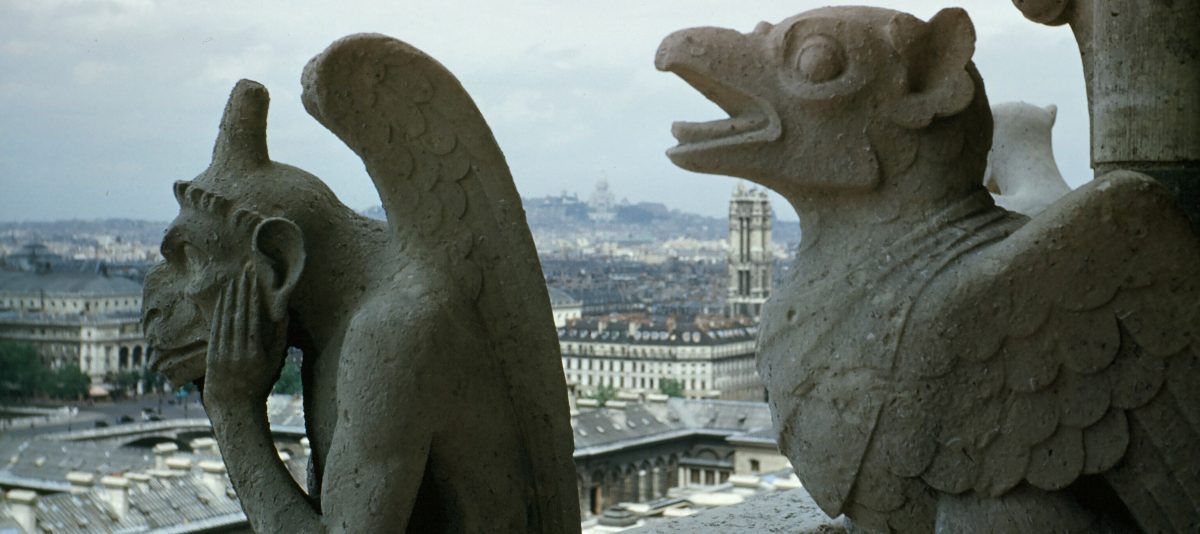That was my Latin position title as a staff member of the Second Vatican Council during its 1963 and 1964 sessions.
Literally, it means Assigner of Places. Was my job putting patriarchs, cardinals, and bishops in their places? Hardly! It was more like, e.g., what in the U.S. Congress would be called a Page.
During the general sessions of the Council in St. Peter’s Basilica, the bishops were seated in sloped sections on each side of a center aisle. Each section of about fifty plus bishops had one priest assigned to it as a sort of general assistant.
What did I do? First, to be there during the session, seated at the end of the first row. When working documents or IBM style punch cards for voting needed to be distributed, I’d get them and bring them back to my section for distribution.
If a message needed to be passed to someone in the council, my job was to deliver it. (The bishops couldn’t leave their places during the active session.)
My most dramatic such was when something had to be delivered rapidly to Pope Paul VI, who was monitoring the council sessions from his apartments.
I had to bring it through the last chapel before the entrance to the basilica (where the Pieta is located), to take a concealed small elevator up to that area. (No, I didn’t personally hand it to the Holy Father, of course, but to one of his aides.)
Most of the time I was seated at my place, privileged to be listening to all of the speeches and studying all of the working documents—and, during the coffee break, quite literally, to be rubbing shoulders with all the council fathers!
Some descriptions of Vatican II seem to paint the Council with political colors—to cast its deliberations as conservative versus liberals, old versus new, traditionalists versus innovators.
It was not like that at all!
The Council was a profoundly religious experience, an action of the Holy Spirit among the assembled clerical hierarchs.
I was deeply moved by the daily sight of dozens and dozens of bishops kneeling on the hard, cold floor of the transept of the basilica before the altar of reservation of the blessed sacrament every morning before the daily session began, praying for guidance.
The daily Mass was the first event of each session—not celebrated at the great altar over the tomb of Peter but at a small temporary altar table in the aisle between the two ranks of seated council fathers.
Every day saw a different rite, and what a vivid lesson that was! The ancient Ethiopian rite not only was in Geez but also involved drumming and liturgical dance! No wonder the bishops found the courage to reimagine the Roman rite as their first united decision.
I remember the day the Melkite Greek Catholic patriarch first spoke. The rule was to use “the language of the Church”—i.e., Latin. He said he would be happy to use “the language of the Church” and reminded the bishops that it was Greek until the fourth century, when the Roman Church changed to the vernacular (Latin). Observing that few present would understand Greek, he announced that he would continue to use French, a better-known vernacular!
Actually, the Council was not bitterly divided on any issue at all. Most decisions taken were almost unanimous; rarely negative votes reached more than four or five percent.
For me, it was well worth skipping lectures about the rules of the church of the past, to be part of the revitalization of the church of the present and to witness the astounding work of God in Vatican Council II.
14 July 2021

